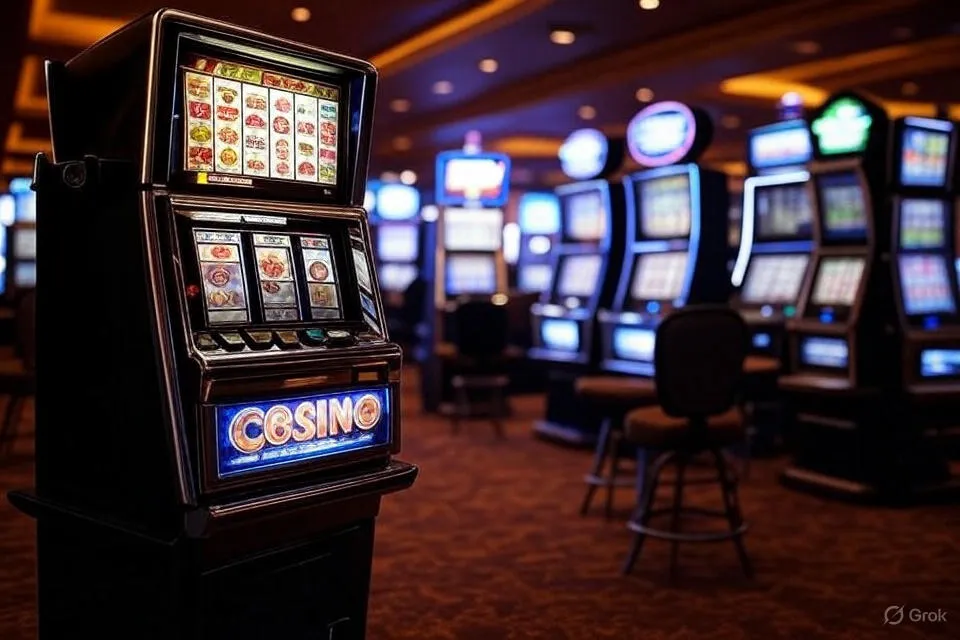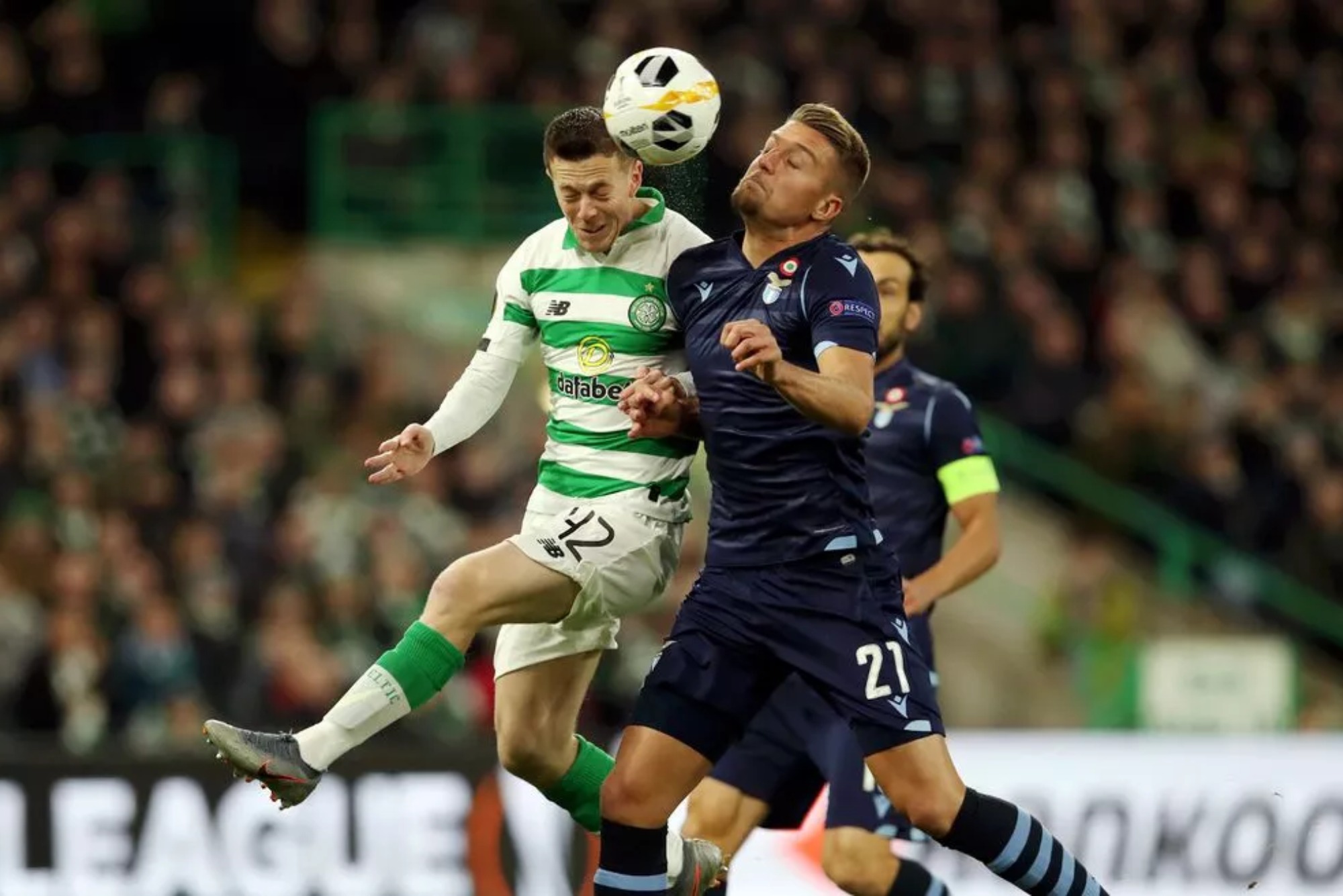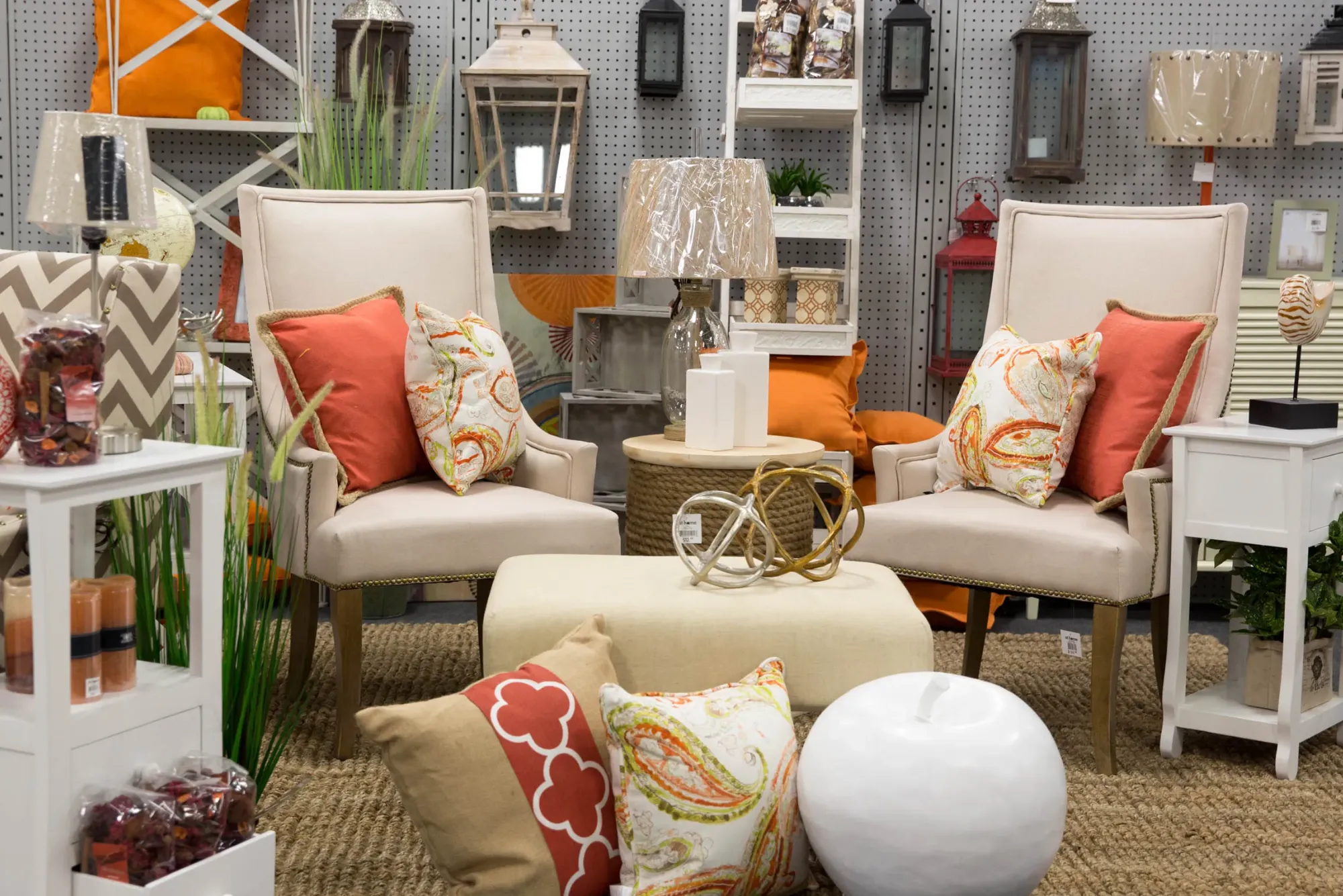Understanding Volatility in Branded Slot Games
Volatility, or variance, is one of the most important elements that determine how a slot game behaves. Whether you’re spinning the reels of a generic game or a flashy, celebrity-endorsed title, volatility influences how often you win, how much you win, and how risky the gameplay feels overall. In the world of branded slots—those themed after movies, music icons, TV shows, or pop culture phenomena—volatility is deliberately set to match both the brand identity and the intended player experience.
Branded slots are designed not only to entertain but to deliver an emotional connection with the player. If you’ve ever played a game based on your favorite film or TV series, you’ve probably noticed how immersive it feels. But behind the attractive visuals and licensed content lies an intricate set of mechanics that determine how the game pays. So how exactly is volatility established in these kinds of slots?
The answer lies in a combination of math modeling, game design strategy, and understanding the preferences of audiences who frequent new online casinos UK, where branded slots often feature prominently.
What Is Volatility and Why Does It Matter?
The Basics of Slot Volatility
Before diving into branded games specifically, it’s important to understand what volatility means in slot games. In simple terms, volatility refers to how frequently and how much a slot pays out. A low-volatility slot delivers frequent but smaller wins, making it ideal for players who enjoy steady gameplay without big risks. On the other hand, high-volatility slots offer less frequent wins, but when they do hit, the rewards are often substantial.
Game developers define this element early in the design phase, embedding it in the mathematical model of the game. This includes calculations around paylines, win frequency, bonus triggers, and jackpot probabilities. Players may not see this data directly, but they definitely feel its effects during gameplay.
Player Psychology and Volatility
Volatility is more than just math; it’s about shaping the player experience. Casual players tend to prefer low or medium volatility games because they provide more immediate gratification. High-volatility slots cater to more seasoned gamblers who are willing to take greater risks in exchange for the possibility of big wins. When developers work on branded slots, they consider the likely target audience of the brand itself and adjust the volatility accordingly.
For example, a slot based on a light-hearted animated film might feature cheerful visuals, upbeat soundtracks, and low volatility to match the tone of the brand. In contrast, a dark action-themed slot with intense music and dramatic scenes may go for high volatility to create suspense and mimic the excitement of the original source material.
How Developers Set Volatility in Branded Slots
Matching the Brand Theme with Gameplay
Branded slots come with expectations—fans of the brand expect the slot to feel familiar and consistent with the source material. Developers set volatility to align with these expectations. This doesn’t just happen by guessing; it’s a result of data analysis, behavioral research, and even brand guidelines provided by the IP holder.
Take a slot based on a famous rock band, for instance. The gameplay might be intense and explosive, with volatility set high to reflect the bold personality of the band. On the flip side, a slot based on a feel-good romantic comedy might offer more consistent wins to keep the vibe light and entertaining.
Balancing Payouts and Player Engagement
Volatility is also tied to a game’s return-to-player (RTP) rate. While RTP shows the theoretical percentage of money returned to players over time, volatility determines how that return is distributed. Developers tweak these factors to balance player retention with profitability.
For branded slots, this is even more crucial. Licensing costs are often high, so developers aim to keep players engaged longer without making the game feel too punishing. They use simulations to test how different volatility settings impact session lengths, player satisfaction, and revenue.
Behind the Scenes: Math Models and Testing
Once the theme, volatility target, and feature set are decided, the development team builds a mathematical model that governs the game. This includes decisions about hit frequency, bonus round payouts, scatter symbol distribution, and multiplier values. Branded slots often go through several test phases where volatility is adjusted based on trial runs with real users or internal testing teams.
Before a branded slot is launched, it also undergoes certification from gaming labs that confirm the math and volatility function as intended. This ensures that players at licensed casinos are getting the advertised experience—whether that means thrilling high-risk spins or relaxing low-stakes fun.
Where Branded Slots Fit in Today’s Casino Market
Popularity at New Online Casinos
Branded slots are a huge draw at modern gaming sites. They attract fans of the brand, offer high production value, and create a sense of novelty. In particular, new online casinos UK are using branded slots to build credibility and bring attention to their platforms. These games not only enhance the user experience but also help new operators compete in a saturated market.
As new platforms enter the scene, they often collaborate with well-known software providers to offer exclusive branded titles. These games usually sit at the top of promotional banners because of their immediate appeal and name recognition. Whether it’s a blockbuster movie or a viral TV show, branded slots offer instant engagement for players familiar with the theme.
Evolving Volatility Trends
One interesting trend in recent years is the increase in medium-to-high volatility branded slots. While older branded games tended to play it safe with lower volatility to appeal to the masses, today’s market is more diverse. Developers now create multiple versions of branded games or add adjustable volatility settings to cater to different player preferences.
This is partly due to the changing profile of online gamblers. As more experienced and high-value players enter the scene, the demand for bigger payouts and risk-reward balance has grown. So now, even a lighthearted slot may hide a high-volatility jackpot round designed to thrill more competitive players.
Final Thoughts
Volatility is not just a technical setting—it’s a creative and strategic decision that shapes how a branded slot feels and performs. Developers consider the brand identity, player expectations, and gameplay dynamics when setting volatility. This ensures that the game aligns with the emotional tone of the brand while still offering a balanced and enjoyable casino experience.
For players, understanding volatility is key to choosing the right game. If you’re playing a branded slot for the nostalgia or visuals, you may prefer lower volatility titles. But if you’re after big wins and thrilling moments, high-volatility branded games might be your best bet.
As new online casinos UK continue to grow and add branded titles to their game libraries, expect even more diversity in volatility settings tailored to all types of players. Just remember, no matter the volatility, smart bankroll management and a bit of research go a long way in making the most of your gaming sessions.










